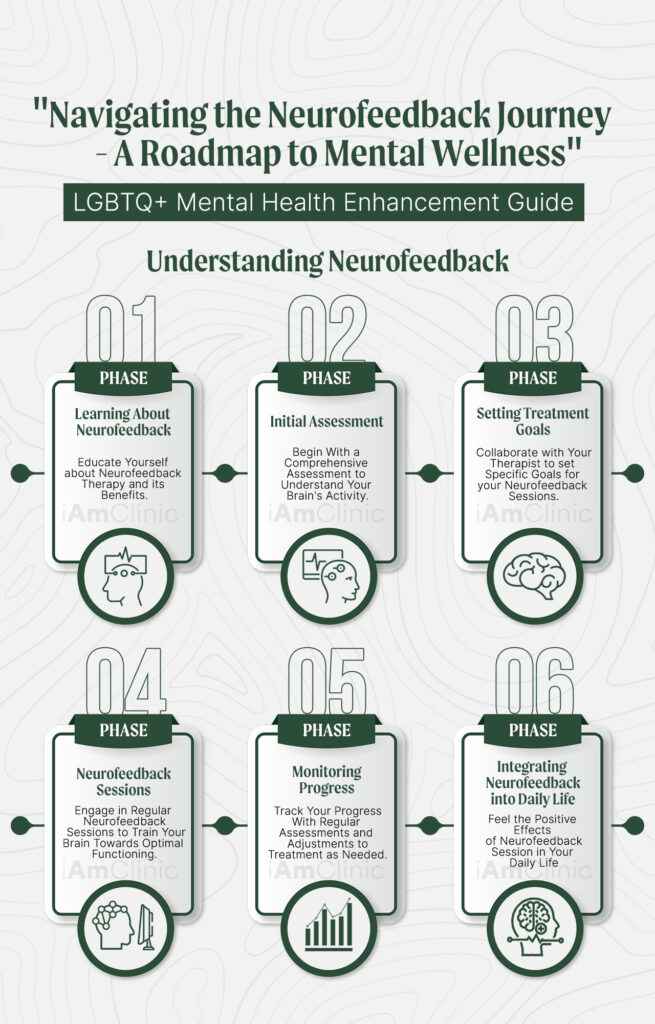Contents
Jump To:
What makes the brain’s electricity function improperly?
The Simple Answer:
Neurofeedback is an easy way to treat some of the most challenging diagnoses.
The brain is in charge of controlling, regulating, and managing both the physical body and psychological mind. From controlling how you smile, interpreting body language, processing emotions, and continuing to breathe, the brain is very busy making sure everything runs correctly. I think it is fascinating that electricity in the brain is responsible for calculating the formula 2+2=4 and that it initiates reminders, like stopping for my dry cleaning on the way home.
You can think of electricity in the brain as though it is both a language and a snow plow. In some instances, the brain uses electrical pulses, circuits, and patterns to communicate a message from one part of the brain to another and even from the brain to another part of the body. For other functions, the brain uses electricity to push hormones to their necessary places, like a snow plow making sure snow is moved to the right spot. Needless to say, the brain’s electricity is the language used to empower the mother boards of our hard drives. Look at nuerofeedback FAQS here!

What makes the brain’s electricity function improperly?
Electrical dysfunctions or deficiencies in the brain can result from a variety of factors: 1) genetic disposition for low or high levels of electrical amplitude (volume) in the brain, 2) traumatic brain injuries or concussions, or 3) emotional trauma. All of these influences on the brain will disrupt the optimal electrical activity in the brain.
Neurofeedback is a non-invasive and drugless modality that trains the brain. We place sensors on the scalp that send information to a sophisticated software system. The software collects the brain’s activity, all the while you are watching a movie of your choosing, like The Titanic or Home Alone II.
In neurofeedback, we use the information from an EEG, much like that used to monitor a pregnant mother’s contractions or to observe an athlete’s heart on a treadmill. The EEG sensors placed on strategic sites of your scalp collect data and feed it to our computer. The software takes that data and translates into workable cues for the movie screen. While the person sits in a chair with the sensors on their scalp enjoying the movie, the software is busy making sense of the information it receives. As the brain fires in optimal ways, the movie fills the television and the sound is nice and crisp, thus rewarding the brain for good behavior. As the brain defaults to its old patterns, it is discouraged by a shrinking movie screen and sound that fades into static. Learn about neurofeedback treatment.
Neurofeedback is a training process, much like going to the gym to build muscle. The individual training session is about 45 minutes, while the duration of neurofeedback training depends on your brain map.
Before we start training the brain, we have to know what’s wrong and in which areas of the brain. Thankfully, we can map all of the brain’s activity, giving us the ability to diagnose any problems, even down to a tiny 5 millimeter spot deep into the brain’s cortex. The brain map tells us just where we need to focus and for how long. In other words, the brain map tells us which sites we need to train and how many training sessions we’ll need to train your brain into tip-top shape.
Neurofeedback has been successful in treating some of the most treatment-resistant diagnoses out there. If you find yourself battling a challenging symptom or diagnosis, please know there is help.
If you have questions, we’re here to help.


